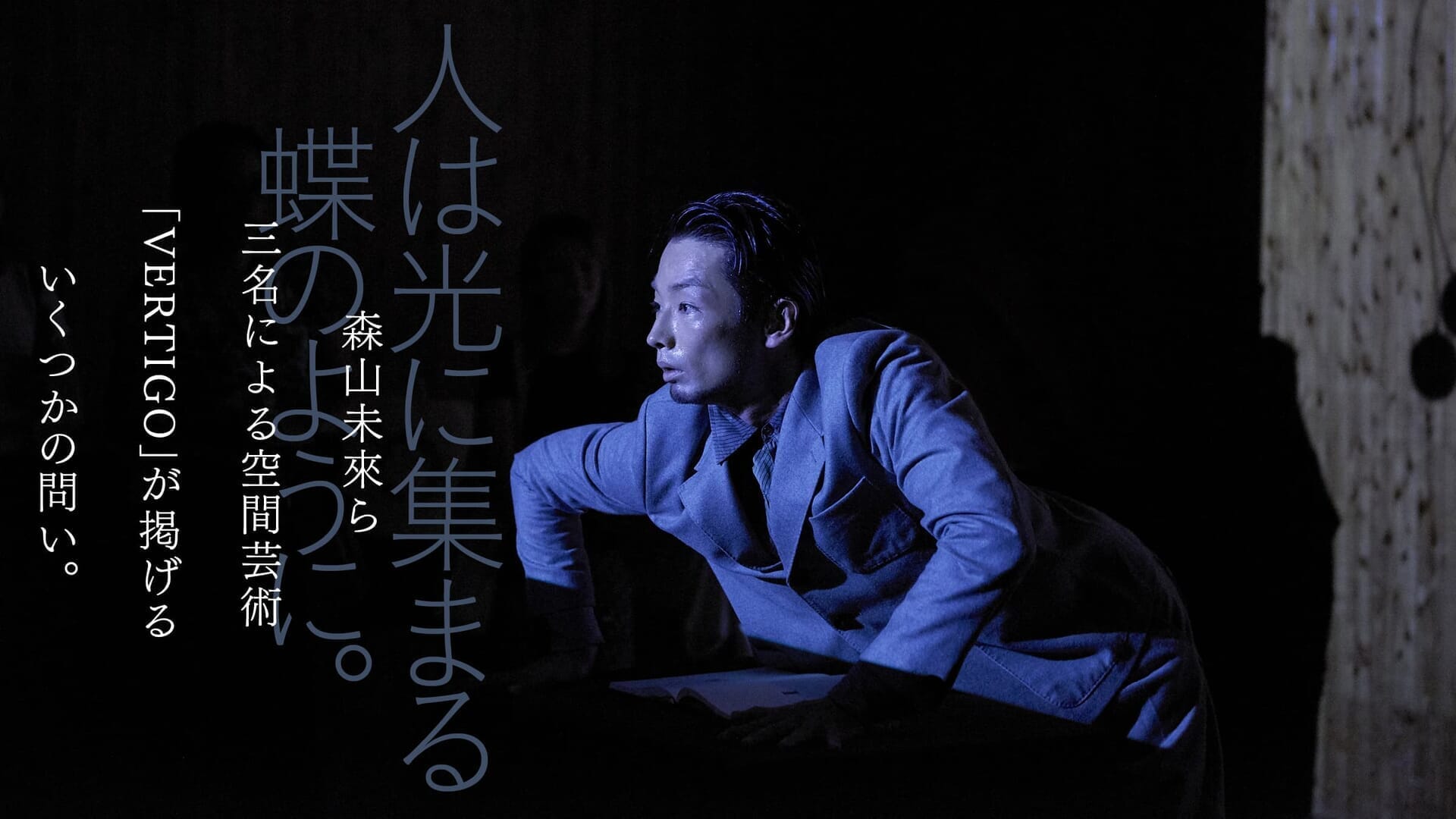To listen to one's own words is,
As an expressionist, it may be a kind of correct answer.
Did the motif of Narcissus also emerge from that kind of dialogue?
Moriyama:Narcissus was an idea that Mr. Kurotaki of VACANT came up with. This time, without a director or producer, we laid out what we could do as a technique on the table, and from there we came up with more and more ideas. I guess it came up as a motif in the process.
Sakuma:The theme of "what I am" is not new, but it jumped to the story of Narcissus and became more concrete.
Moriyama:You mean "listen to your own words." Everyone knows that the voice you are speaking and the voice you hear from the outside are two different things. We live in a world where anyone can freely send out their words on social networking sites, but are they really their own words? I wonder.
Bone Conduction Technology. What is the self? and the motif of Narcissus. And the motif of Narcissus. These are intricately interrelated. I feel that artistic expression plays a major role in knowing oneself.
Moriyama:That's right... Even if I send out the message "have your own voice" in art and expression, the way it is received is completely different depending on the country, culture, and lifestyle, and I cannot offer a uniform answer from me. However, as we talked about the story of Narcissus, Kite said to me, "There is no need to see narcissism as a negative thing. He said that it is better to be buried in the world of one's own thinking. That was Kite's natural response, and perhaps it is a kind of right thing for an expressive person to bury oneself in one's own world and listen to one's own words. But when you convert that into politicization, you become ultra-conservative, shutting out change and the outside world. I also thought that might be what is happening all over the world right now.
Iwamoto:My awareness of who I am has deepened since I started taking pictures with a camera my father gave me.... I realize that expressing and being in contact with things forms who I am to a great extent. The three photographers had their own narcissism, individuality, and thoughts on the theme of Narcissus, and since I was in the role of documenting them, I had a sort of bird's eye view of the situation.
The photos on display were impressive. What was your intention?
Iwamoto:We share a common "layering" approach. What if Narcissus had existed today? We have asked this question many times. What if Narcissus had realized that the image on the surface of the water was him? If he had understood that and continued to love himself, would Narcissus have ended up the same way? This is an attempt to create a superimposition of things that could never happen and cannot overlap, "What if it had been ◯◯◯?










